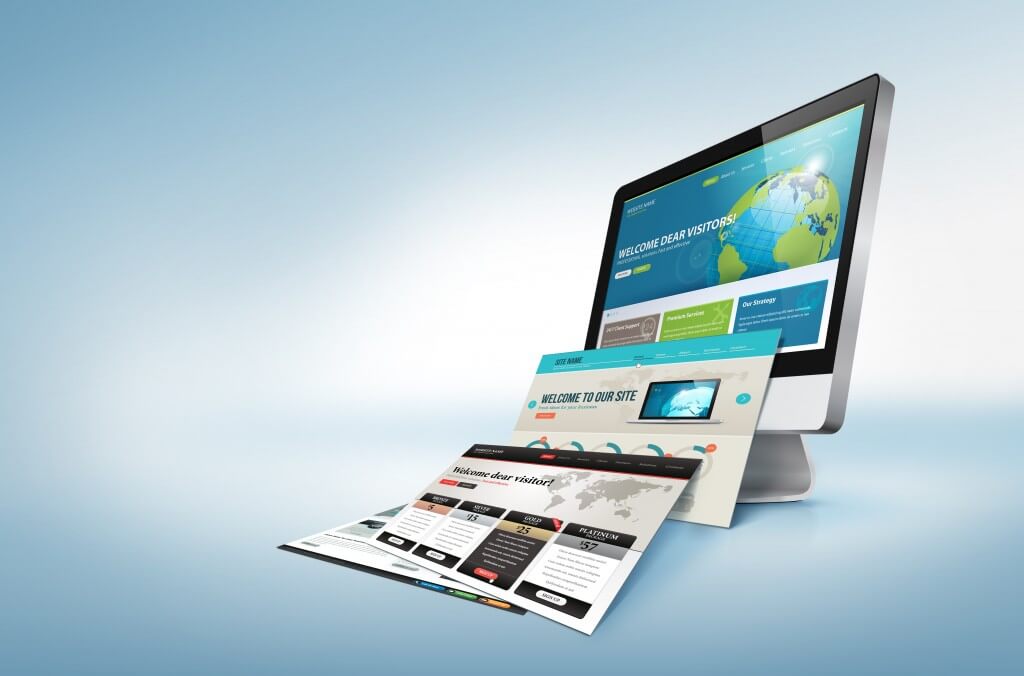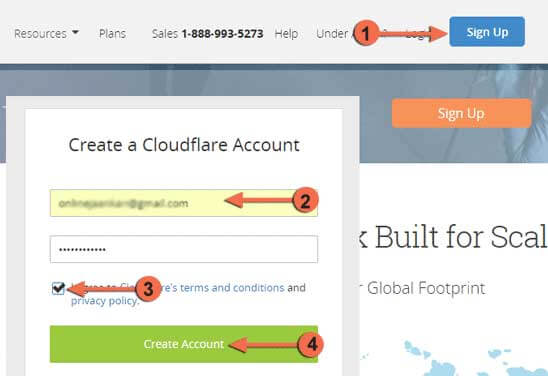When designing a website, there is a lot to keep in mind to ensure it is done right. From how to create the layout to what your visitors want to encounter, you have to create an exceptional user experience. This article will show you how it’s done, providing you with tips from experts who design amazing websites every day.
Browser windows should never, ever be resized. Readers want their browser at the size they have set it to, so leave it alone! Instead, build your websites to scale up or down to the size of the browser itself. This is especially important for mobile devices which have screens of various sizes, such as tablets or mobile phones.
If you want to have a splashy, large site, then also offer a smaller mobile site which will fit into their browser window when your scripts detect that they are using such a device to visit your website.
No one wants to sit through your introductory page with its large blob of text, video or flash animation. Most people will see such a page and go back to Google to find another website on the topic. Readers want the content to be available after their first click through to your website, so provide it. Don’t hide it behind extra pages of content which they have no interest in viewing.
The less you pay for your HTML creation software, the less you will get out of it. That means avoiding using programs like FrontPage to build your website. Invest in Dreamweaver or do the code manually in Notepad.
Programs like FrontPage create websites which only work in certain browsers, on specific platforms and only on some devices. That means most viewers won’t be able to see your site as it was intended, and that may mean they leave.
Never “cloak” your links, even if they are affiliate links which make you money. When a visitor puts their mouse over the link, they want to be able to see the URL in their browser’s status bar. Hiding the link will make them less likely to click it, so if it is an affiliate link, you will be losing money.
Most people won’t mind clicking through to another site which makes you money if they shop there, so give them the choice and allow them to do so without hiding the true intention of your content.
It is important that the links on your website change color when they are clicked. This allows your visitors to know what they have already been to and what they have not. If your links are all the same color, people may become confused, frustrated and then leave. Create your website so that it is easy to navigate, and that means using different colors for active, visited and untouched links.
When you are receiving information from experts, you can rely on it as trustworthy and accurate. That means this article has given you a great base of knowledge which you can continue to grow. Read more blogs, listen to podcasts and pick up some eBooks on the topic. The more you learn, the better your web design skills will become.







